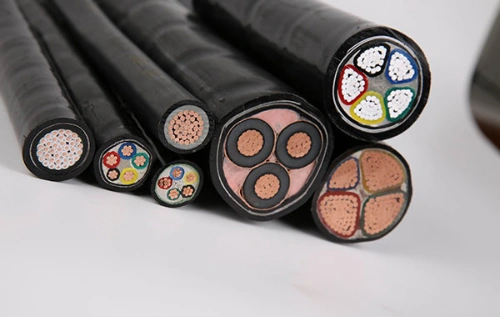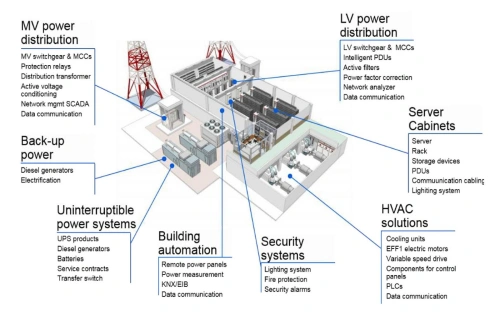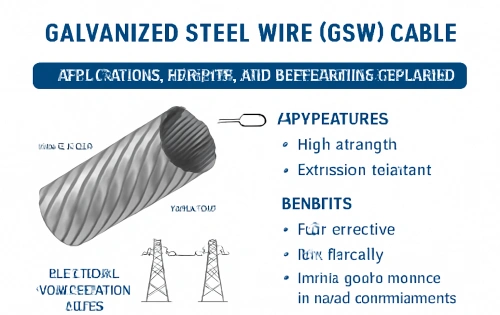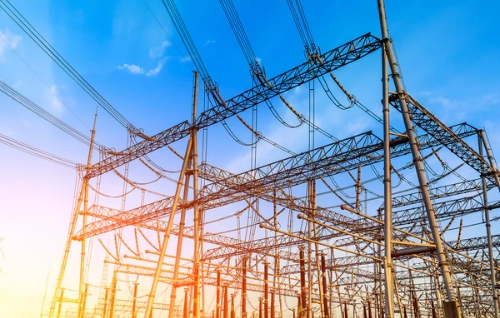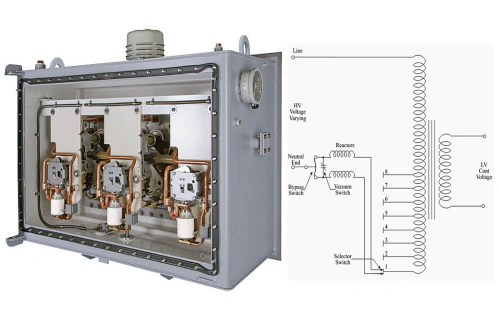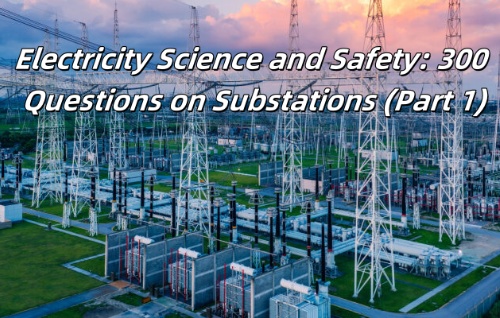A Complete Guide to Current Transformers for Accurate Power Monitoring
In modern electrical systems, accurate measurement of current is essential for power monitoring, energy management, and system protection. Directly measuring high current flowing through power lines is both unsafe and impractical. To address this, engineers use a current transformer (CT)—a specialized instrument that scales down large currents to measurable levels for meters and protective relays.
Current transformers are fundamental components of every power distribution, industrial automation, and energy monitoring system, ensuring both safety and accuracy.
1. What Is a Current Transformer?
A current transformer is an instrument transformer that converts a primary current (often hundreds or thousands of amperes) into a proportional, smaller secondary current—typically 1A or 5A—for measurement and protection purposes.
By magnetically coupling its primary and secondary windings around a magnetic core, the CT isolates the measuring circuit from the high-voltage system while maintaining proportionality between the primary and secondary currents.

2. Working Principle of Current Transformers
The working principle of a current transformer is based on electromagnetic induction.
When alternating current flows through the primary conductor, it generates a magnetic flux in the core of the current transformer. This magnetic field induces a current in the secondary winding according to the turns ratio:
Ip/Is=Ns/NpI_p / I_s = N_s / N_pIp/Is=Ns/Np
where:
- Iₚ = Primary current
- Iₛ = Secondary current
- Nₚ = Primary turns
- Nₛ = Secondary turns
For example, a CT with a ratio of 1000:5 reduces a 1000A primary current to 5A at the secondary terminal. This enables standard metering devices to safely measure current without direct contact with high voltage.
3. Construction of a Current Transformer
A core current transformer consists of three main components:
- Magnetic Core – Made of laminated silicon steel or nanocrystalline material, the core provides a low-loss path for magnetic flux. Its design directly affects accuracy and saturation behavior.
- Primary Winding – Usually consists of one or a few turns of heavy conductor connected in series with the load circuit.
- Secondary Winding – Composed of many turns of fine copper wire, delivering a reduced current proportional to the primary.
Additional components may include insulation, a terminal block, and a protective case made of epoxy resin or thermoplastic for mechanical strength and electrical safety.
4. Types of Current Transformers
a. Wound Current Transformer
Both the primary and secondary windings are wound on the magnetic core. These CTs offer high accuracy and are used in precision metering and low-current applications.
b. Bar-Type Current Transformer
The primary winding is a solid conductor (busbar or cable) passing through the CT core. It is commonly used in switchgear and substation installations.
c. Toroidal Current Transformer
Also known as a core current transformer, it has no primary winding. The power cable itself passes through the CT’s circular core. This type is widely used in panel metering and leakage detection systems.
d. Split-Core Current Transformer
This CT can be opened and clamped around an existing conductor, allowing installation without disconnecting cables—ideal for retrofit power monitoring and maintenance.
5. Current Transformer Connection Methods
Proper current transformer connection ensures accurate measurement and safety. CTs can be connected in several configurations depending on the system design:
- Single CT Connection: For single-phase circuits or neutral current measurement.
- Two-CT Connection: Common in delta-connected systems for line-to-line current measurement.
- Three-CT Connection: Used in three-phase systems for full current monitoring and protection.
When multiple CTs are connected to measuring devices or protective relays, attention must be paid to polarity markings (P1–P2, S1–S2) to maintain correct phase relationships.
6. Accuracy and Burden in Current Transformers
The performance of a current transformer depends on two key parameters: accuracy class and burden.
- Accuracy Class: Defines the allowable error in the current ratio and phase angle. Standard classes include 0.2, 0.5, 1, and 3 for metering CTs, and 5P or 10P for protection CTs.
- Burden: The load impedance connected to the CT secondary circuit (e.g., meters, relays). Excessive burden can cause ratio errors or saturation of the core, reducing accuracy.
Maintaining rated burden and correct installation ensures reliable readings and protects downstream devices.
7. Applications of Current Transformers
Current transformers are used wherever precise current measurement or isolation is required. Key applications include:
a. Power Monitoring and Metering
Used in smart grids, industrial automation, and building energy management systems (BEMS) to measure consumption and load balance.
b. Protection Systems
CTs supply input signals to protective relays, enabling fault detection, differential protection, and overcurrent protection in switchgear.
c. Instrumentation and Control
Used in panel meters, SCADA systems, and PLC-based monitoring for process control and system analysis.
d. Renewable Energy and Distributed Generation
Current transformers monitor current flow in solar farms, wind turbines, and battery energy storage systems, ensuring proper synchronization and grid stability.
8. Engineering Considerations for CT Selection
When designing or selecting a current transformer, engineers must evaluate several factors:
- Primary current rating and system voltage
- Accuracy class based on metering or protection purpose
- Core material and saturation characteristics
- Installation environment (indoor, outdoor, high temperature, humidity)
- Mechanical form (bar, wound, toroidal, split-core)
- Safety standards such as IEC 61869-2 or ANSI C57.13
Choosing the right CT ensures long-term stability, safety, and compliance with international regulations.
9. Maintenance and Safety
Proper maintenance of current transformers is critical to prevent measurement errors or equipment damage:
- Periodically inspect terminals and secondary wiring.
- Ensure the secondary circuit is never open-circuited under load, as this may generate dangerous voltages.
- Verify polarity and burden during commissioning.
- Test insulation resistance and ratio accuracy at regular intervals.
Adhering to best practices guarantees the longevity and reliability of CTs in demanding electrical environments.
10. The Future of Current Transformers
Advancements in digital CTs and optical current sensors are reshaping traditional measurement methods.
- Electronic CTs integrate signal conditioning and communication modules for smart grid compatibility.
- Fiber-optic current transformers (FOCTs) provide high accuracy and immunity to electromagnetic interference.
These emerging technologies expand the role of CTs from passive devices to intelligent nodes in modern power monitoring networks.
The current transformer remains a cornerstone of electrical engineering—essential for accurate measurement, control, and protection. From conventional core current transformers to digital CTs integrated into smart substations, their role continues to evolve alongside the global transition toward smarter, safer, and more efficient energy systems.
Understanding the current transformer connection, design, and working principle is vital for engineers who seek to optimize performance, ensure system reliability, and maintain precise power monitoring across modern electrical networks.


